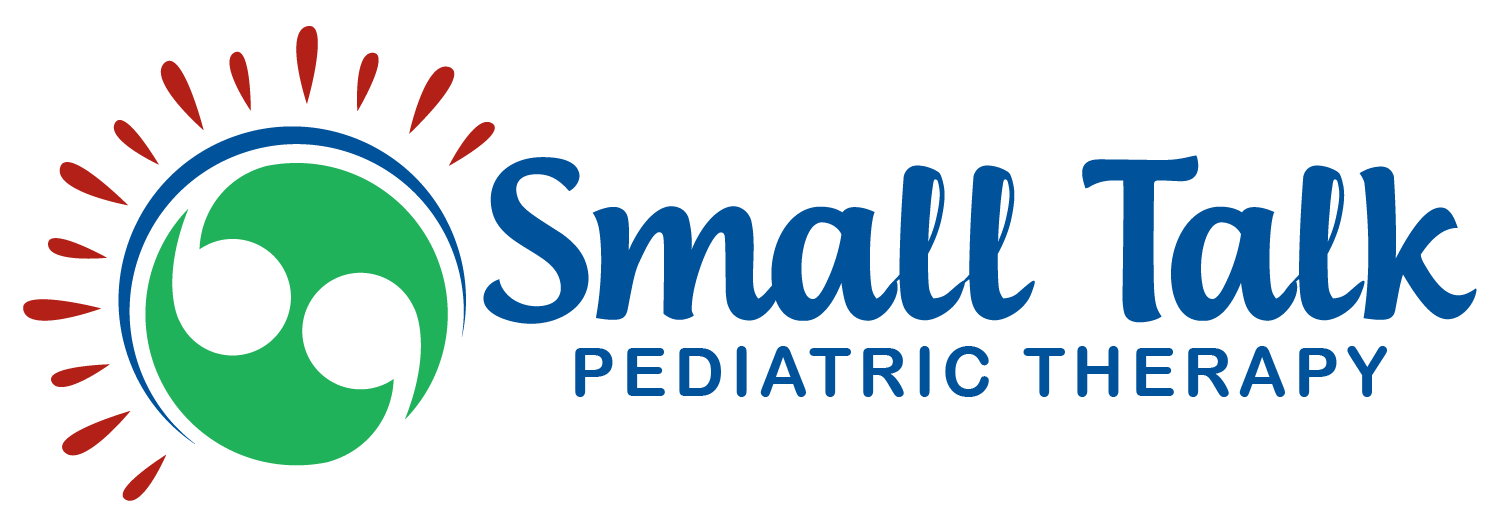Sometimes referred to as tongue thrust or oral myofunctional disorders, orofacial myology disorders may include one or a combination of the following signs and symptoms.:
- Speech articulation disorders such as lisps.
- Mouth breathing as opposed to nasal breathing
- Negative oral habits such as thumb, finger, lip, and tongue sucking habits
- Messy, slow, or otherwise unnatural eating pattern
- An inappropriate mouth-open, lips-apart resting posture
- Chewing, bolus collection, swallowing issues
What Age can Therapy begin?
We are all born with an Orofacial Myofunctional Disorder consisting of an incorrect resting tongue and lip posture and incorrect swallowing pattern which we should have outgrown by the time we are six, seven, or eight years of age and it should have transitioned into a normal resting tongue and lip posture and normal swallowing pattern.
Children as young as five can benefit from an evaluation or therapy to eliminate harmful sucking habits. The general rule in dentistry, and affirmed in pediatrics, is that oral habits should be addressed and eliminated prior to the eruption of the adult incisors, or by age six (Hanson and Mason, 2003). Without habit elimination, a maxillary posterior crossbite and an anterior openbite, or other malocclusions, will likely occur as well as speech errors.
Age five is also a good age to be evaluated to determine if there are causative factors that require prevention or intervention such as referring a patient for a medical evaluation of an airway interference issue. Children seven or eight are good candidates to receive some form of Orofacial Myofunctional Therapy.
Small Talk Pediatric Therapy has IAOM-trained Orofacial Myofunctional® Therapists and Licensed Speech-Language Pathologist that achieved the expertise and training to treat. Give us a call today!
